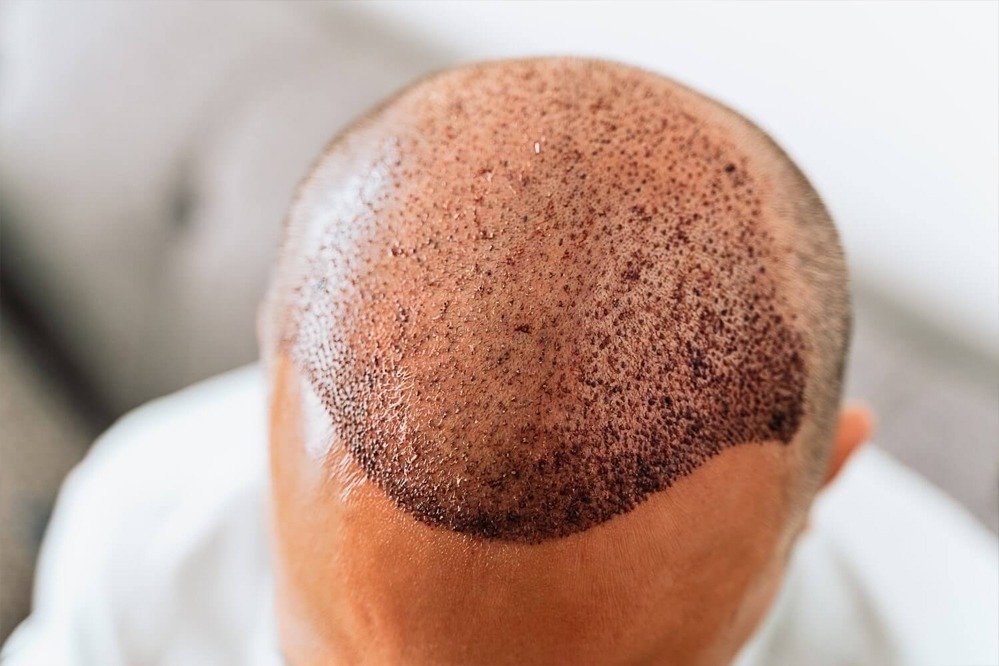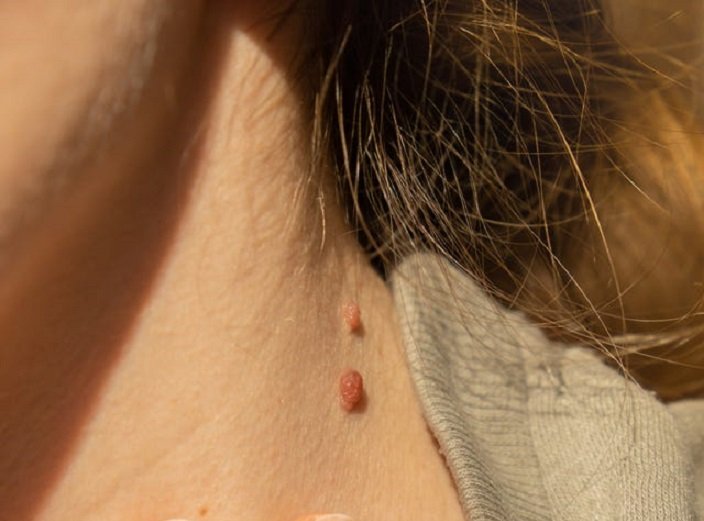Hair loss is one of the most common aesthetic concerns affecting both men and women around the world. While stress, nutrition, and lifestyle play roles in hair thinning, genetic hair loss—also known as androgenetic alopecia—is the most prevalent cause. The good news is that medical advancements have made it possible to restore natural hair even when genetics are to blame. Among the most effective treatments available today is a Hair Transplant in Dubai, which has gained popularity for delivering natural and long-lasting results.
Understanding Genetic Hair Loss
Genetic hair loss, also known as androgenetic alopecia, is a hereditary condition that leads to progressive thinning and balding. It occurs due to the sensitivity of hair follicles to dihydrotestosterone (DHT)—a hormone derived from testosterone.
- In men, this usually manifests as a receding hairline and baldness on the crown.
- In women, it presents as diffuse thinning across the scalp without complete baldness.
How Does a Hair Transplant Work?
A hair transplant is a surgical procedure that involves transferring healthy hair follicles from a donor area (usually the back or sides of the scalp) to the balding or thinning areas. The transplanted follicles are resistant to DHT, which means they continue to grow naturally in their new location.
| Technique | Description | Key Benefits |
|---|---|---|
| FUT (Follicular Unit Transplantation) | A strip of scalp containing healthy hair follicles is removed from the donor area and divided into individual grafts. | Ideal for covering large bald areas; leaves a linear scar that can be concealed by surrounding hair. |
| FUE (Follicular Unit Extraction) | Individual hair follicles are extracted one by one using a specialized device and implanted into the target area. | Minimally invasive, leaves no linear scar, faster recovery, and natural results. |
Can Hair Transplants Effectively Treat Genetic Hair Loss?
Yes. Hair transplantation is one of the most effective long-term treatments for genetic hair loss. Since the transplanted hair follicles are taken from DHT-resistant areas, they retain their genetic resistance even after being moved to bald regions. This ensures that the new hair continues to grow naturally, making it a permanent solution.
Key Reasons Hair Transplants Work for Genetic Hair Loss:
- Permanent Hair Growth:
The transplanted follicles continue to grow throughout your lifetime, providing a lasting result. - Natural Appearance:
Modern techniques ensure natural-looking density and hairline design that complements your facial structure. - Customized Planning:
Every procedure is tailored based on the individual’s pattern of baldness, hair density, and future hair loss expectations. - No Ongoing Maintenance Treatments Required:
Once the transplanted hair grows, it does not need special maintenance beyond normal grooming.
Stages of a Hair Transplant
| Stage | Details |
|---|---|
| Consultation and Evaluation | A thorough scalp analysis and medical review are performed to determine candidacy and plan the procedure. |
| Donor Area Preparation | The back or sides of the head are trimmed and numbed for follicle extraction. |
| Extraction of Grafts | Healthy follicles are harvested using either FUT or FUE methods. |
| Recipient Site Creation | Tiny incisions are made in the balding area to place the grafts strategically for natural direction and density. |
| Graft Implantation | Follicles are implanted one by one with precision to ensure even coverage. |
| Recovery and Growth | Aftercare instructions are provided, and new hair begins to grow naturally within a few months. |
Advantages of Treating Genetic Hair Loss with a Hair Transplant
| Benefits | Description |
|---|---|
| Permanent Solution | Unlike topical treatments or medications, transplanted hair is permanent. |
| Natural Hairline Design | Surgeons design the hairline to complement facial symmetry. |
| Boosted Confidence | Fuller hair can significantly improve self-esteem and appearance. |
| Low Maintenance | Transplanted hair requires no special maintenance routines. |
| Safe and Minimally Invasive | Modern techniques minimize discomfort and downtime. |
Who is an Ideal Candidate for a Hair Transplant?
While hair transplants can treat genetic hair loss effectively, not everyone is an ideal candidate.
- Individuals with stable hair loss patterns (no rapid progression).
- Those who have healthy donor hair at the back or sides of the scalp.
- Men or women with realistic expectations about the outcome.
- Individuals who are physically healthy and free from scalp infections or chronic conditions affecting healing.
Common Myths About Hair Transplant and Genetic Hair Loss
| Myth | Reality |
|---|---|
| Hair transplants don’t work for genetic hair loss. | They are specifically designed to address hereditary baldness using DHT-resistant follicles. |
| The results look fake. | With modern FUE techniques, results are entirely natural and undetectable. |
| Only men can undergo hair transplants. | Women experiencing genetic hair thinning can also benefit. |
| Transplanted hair needs special care. | It behaves like your natural hair—wash, style, and trim as usual. |
| The results are immediate. | It takes several months for full growth to become visible. |
FAQ’s
Does a hair transplant permanently stop genetic hair loss?
Yes. The transplanted follicles are resistant to DHT, so they continue to grow permanently. However, untreated native hair around the transplanted area may still thin over time.
Can women with genetic hair loss undergo hair transplants?
Absolutely. Women with stable hair thinning and adequate donor density are good candidates for the procedure.
When will I see the final results?
Most patients see noticeable growth after 4–6 months, with full results typically visible within 9–12 months.
Is the procedure painful?
Local anesthesia ensures the process is comfortable. Mild soreness may occur after surgery, but it subsides within a few days.
How long do hair transplant results last?
The transplanted hair is permanent because it retains the genetic characteristics of the donor follicles.
Conclusion
A hair transplant is a scientifically proven and highly effective method to restore hair lost due to genetic factors. By utilizing DHT-resistant follicles, it provides a natural, permanent, and aesthetically pleasing solution for individuals struggling with hereditary hair loss. When performed by skilled professionals using modern techniques, the results are virtually indistinguishable from natural hair growth. At Dynamic Life Clinics, patients receive world-class care, advanced technologies, and personalized treatment plans to ensure the most natural and long-lasting results.
















Leave a Reply